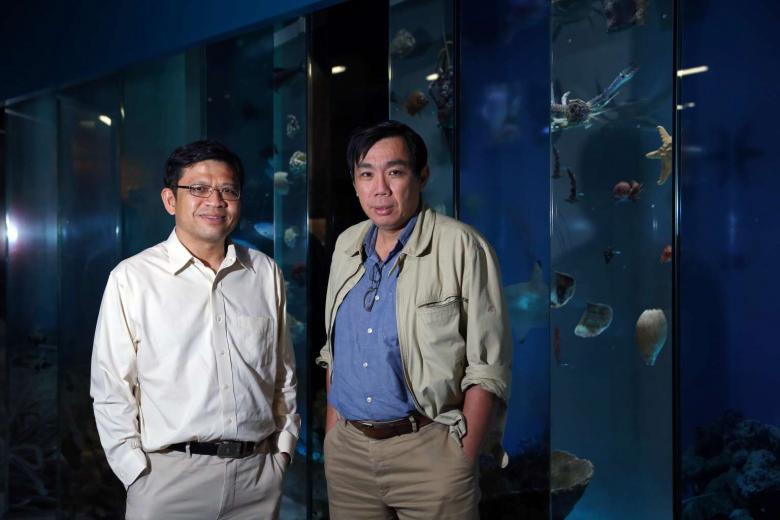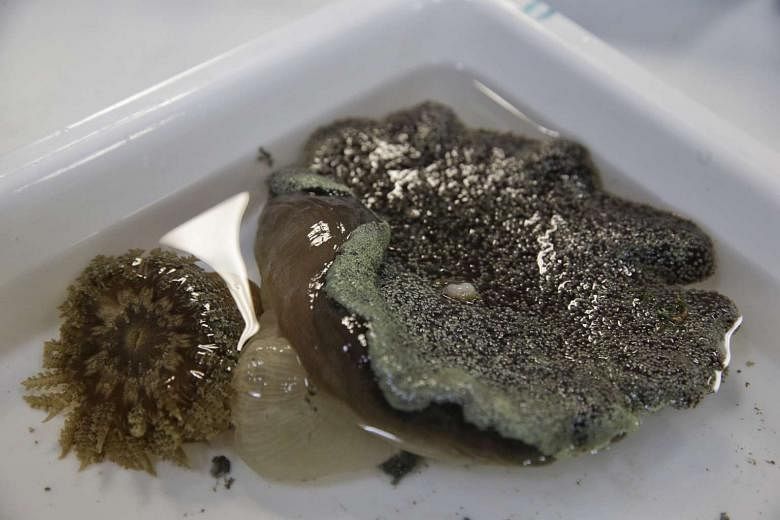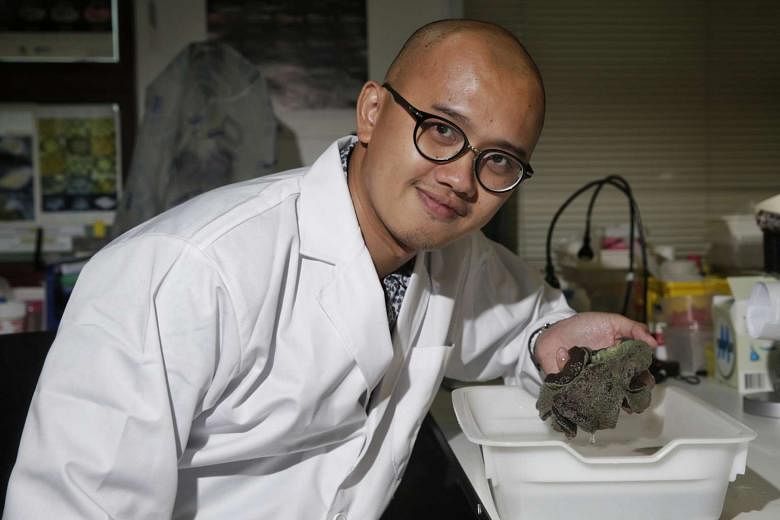SINGAPORE - The Republic is blessed with a good location that makes it one of the world's top transshipment hubs, but it is not taking providence for granted.
The Government is starting a new marine science research and development programme, pumping in $25 million over the next five years to spur research into how Singapore can better cope with emerging challenges such as climate change, heavy shipping and urbanisation.
This was announced on Thursday (June 30) morning by the National Research Foundation (NRF), which is collaborating with the National University of Singapore for the programme.
Called the Marine Science Research and Development Programme, it will be helmed by Professor Peter Ng, head of the Lee Kong Chian Natural History Museum and former director of NUS Tropical Marine Science Institute (TMSI).
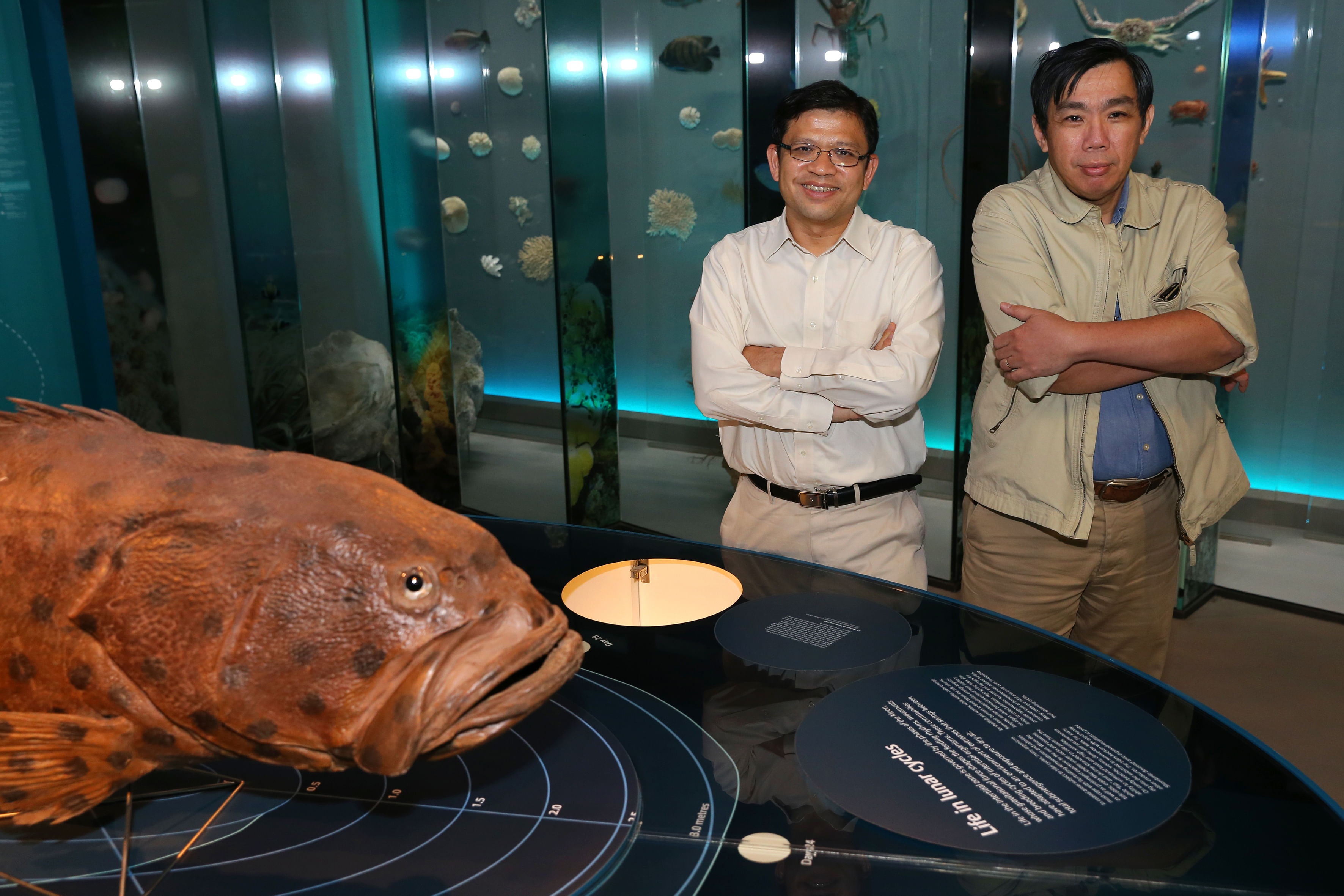
Although they may not look it, the waters around Singapore are home to a surprising amount of marine life. The island state is located at the intersection of the Pacific Ocean and the Indian Ocean, within the Coral Triangle - an area considered to be the world's richest treasure trove of marine life.
More than 250 species of hard corals - representing more than 30 per cent of hard coral species found around the world - have been recorded in Singapore's waters. In addition, it has 12 of the 23 species of seagrasses in the Indo-Pacific region, about 200 species of sponges and over 100 species of reef fish, according to data from the National Parks Board.
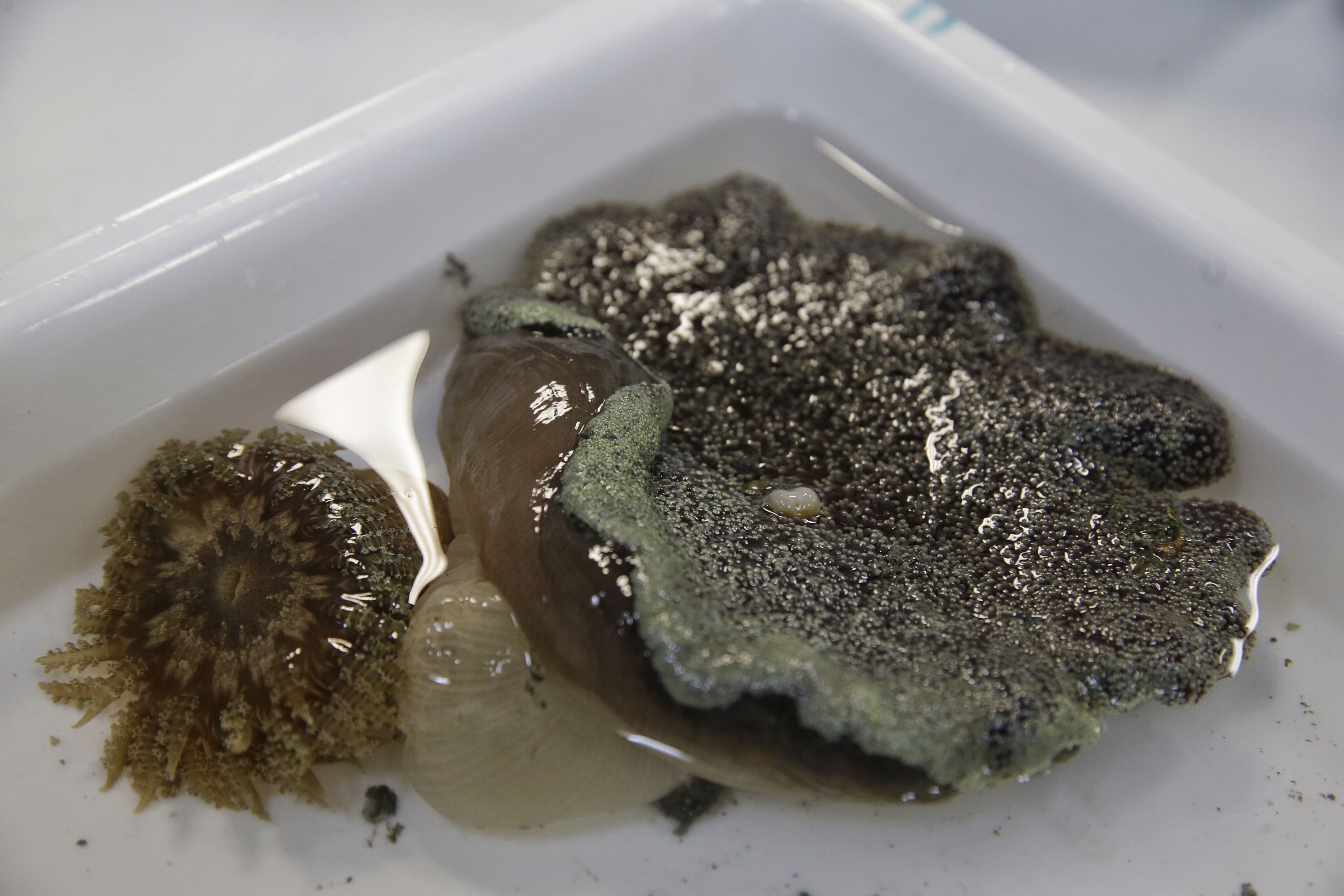
With so much biodiversity, scientific research will enable Singapore to make full and more intense use of its sea space to increase its blue economy while maintaining its sustainability, says marine conservation veteran Chou Loke Ming, who has been studying corals at TMSI for more than 30 years.
Alongside the launch of the programme, NRF also on Thursday announced that Singapore's one and only offshore marine research facility on St John's Island - located south of Singapore - will be opened up to all marine science researchers here. About 16 marine science research proposals are currently being evaluated and successful ones are expected to be awarded in late 2016.
There are four main research thrusts under the programme: the study of marine ecosystems and biodiversity, environment impact and monitoring, coastal ecological engineering and marine technology and platforms.

The latter hopes to examine ways in which humankind can benefit from nature, in the form of the discovery of new organisms for novel research and the discovery of high value materials. The programme could increase the number of research projects in this area, although such work is already ongoing.
Take, for example, the work done by Dr Tan Lik Tong, a lecturer from the natural sciences and science education academic group at the Nanyang Technological University's (NTU) National Institute of Education. He is studying cyanobacteria - marine organisms associated with the harmful algae blooms that have caused mass fish deaths.
But his studies have shown that they are also a treasure trove of useful compounds. He told The Straits Times that a number of cyanobacterial compounds have undergone clinical trials for the treatment of human cancers in the United States.
For example, a synthetic molecule based on the chemical structure of a marine cyanobacterial compound known as dolastatin 10 has been developed, and is currently being used to treat Hodgkin lymphoma. This refers to a a type of cancer originating from white blood cells.
"These marine cyanobacteria therefore represent great new organisms for novel research and discovery of high value materials," he said.
But beyond the synthesis of useful compounds, marine science is also important to Singapore in other ways. This is especially since the Republic is an island nation surrounded by water.
Prof Ng, a crab expert, told The Straits Times: "We use the water for navigation, for our port, even for desalination of sea water. We reclaim for land needs, we use it for recreation - a host of purposes. We share the seaways with many countries.
"How can we not know more about it? How can we manage it better, more sustainably, if we do not understand it well?"
